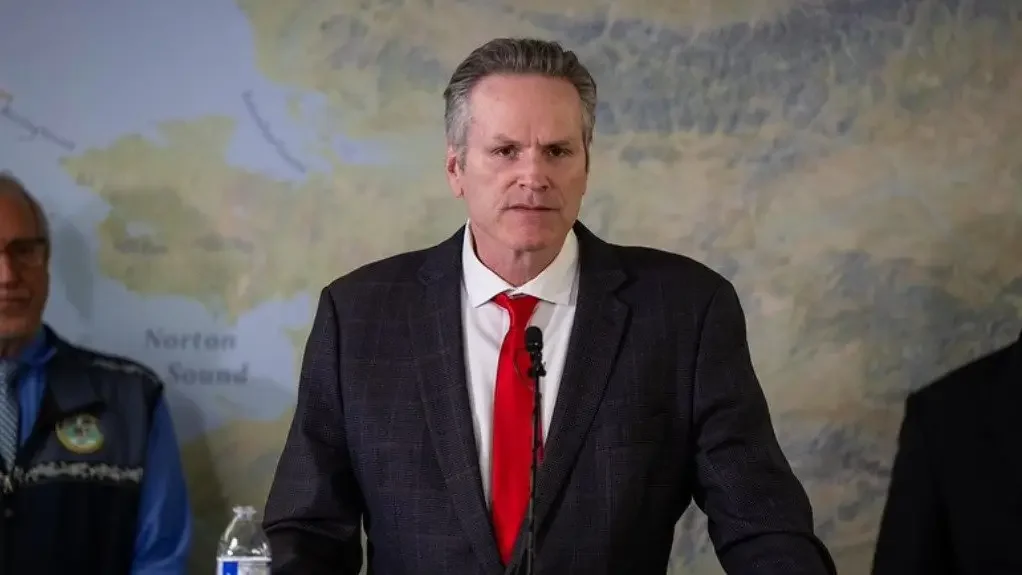Alaska lawmakers plan to tap the state’s $2.8 billion Constitutional Budget Reserve to address a $173 million deficit. With the fiscal year ending June 30, legislators must balance the budget despite earlier opposition to using savings.
Senate President Gary Stevens-R-Kodiak acknowledged the shift, explaining that times and things change. The constitutional Budget Reserve’s use requires approval from three-quarters of the Senate and House, making bipartisan support essential.
The Senate’s bipartisan majority, which previously opposed the move, now recognizes it as the only viable solution. Securing Republican minority backing in both chambers may involve significant negotiations, but lawmakers face a looming deadline.
Half the deceit stems from lower-than-expected oil revenues, with the remainder tied to changes introduced by Governor Mike Dunleavy. Republican caucuses support his proposals, including $10 million for the Alaska Seafood Marketing Institute, additional wildfire firefighting funds, and $2.7 million for overdue retirement payments.
The House Finance Committee is discussing whether the reserve should also cover next year’s projected deficit. Implementing new taxes to address the fiscal shortfall, such as those targeting oil business income or online sales, could take considerable time.
Consequently, lawmakers view the Budget Reserve as a short-term fix for the immediate crisis. As debates continue, resolving is critical to balancing the current budget. Legislative leaders are considering immediate needs and long-term solutions, aware that passing tax measures requires time and negotiation.
The next fiscal year, starting July 1, presents further challenges, with lawmakers striving to prevent deeper reliance on state savings. With limited options and a rapidly approaching deadline, Alaska’s legislature seeks consensus to resolve the deficit while managing future financial pressures.
This news article was originally published by Alaska Beacon.









